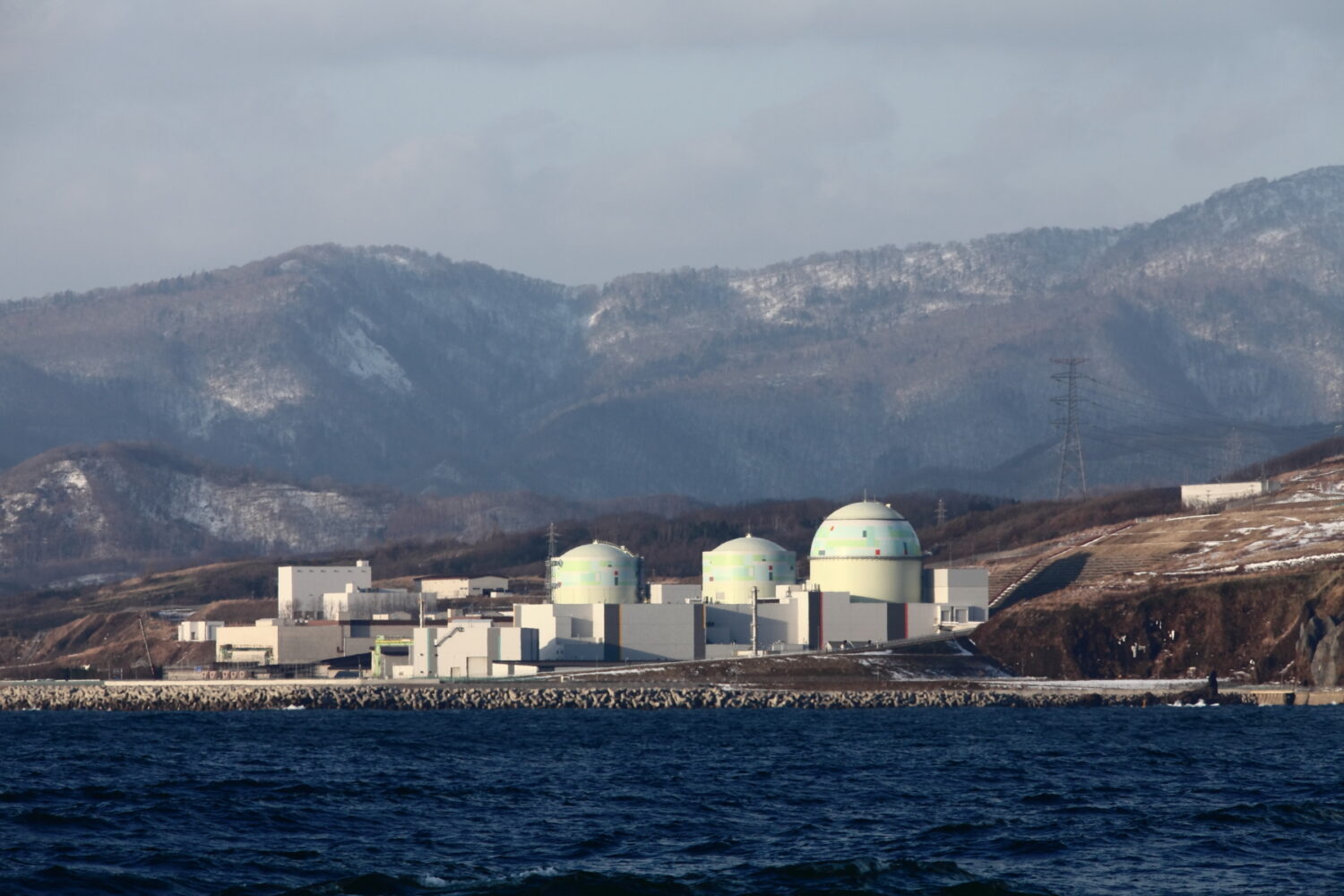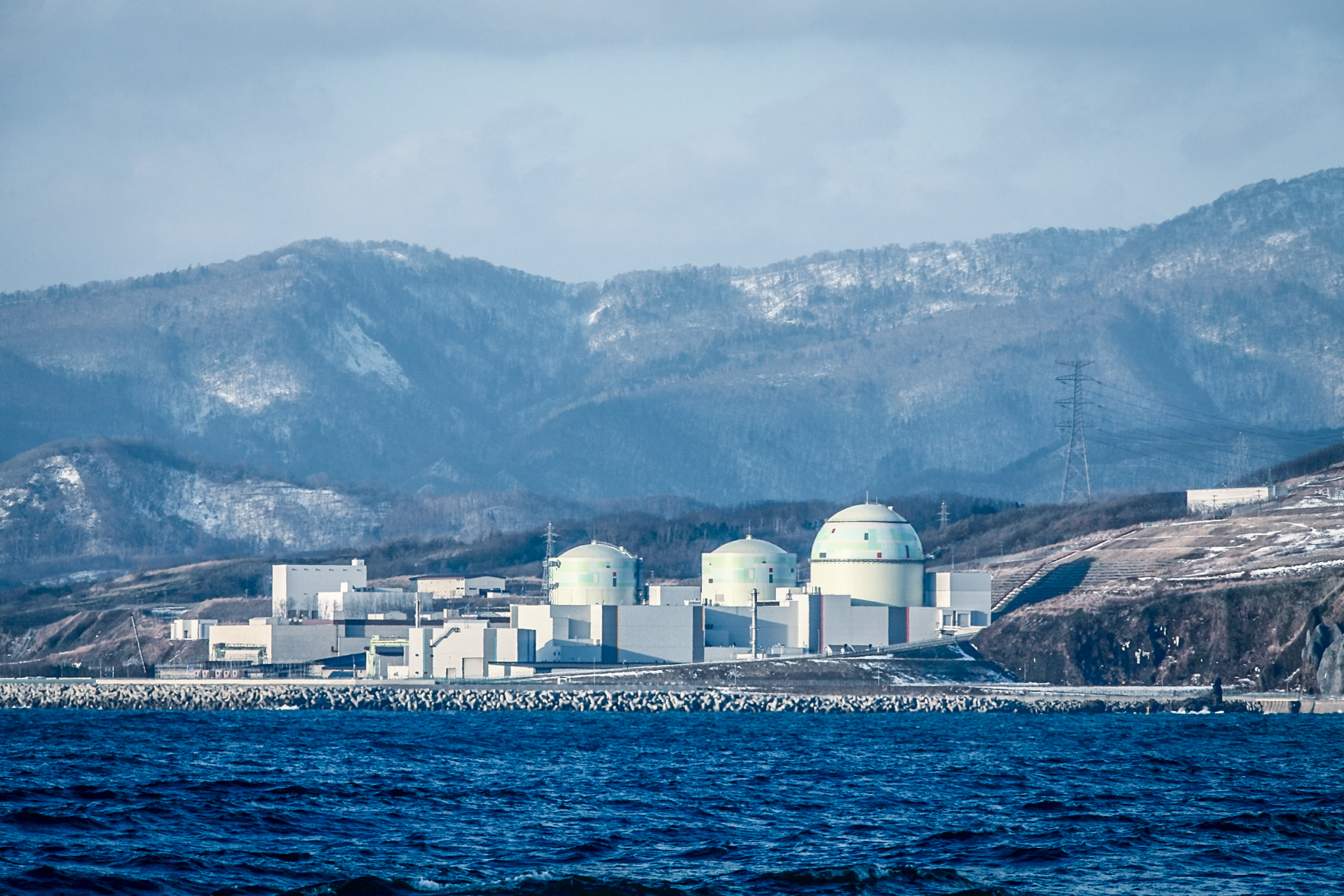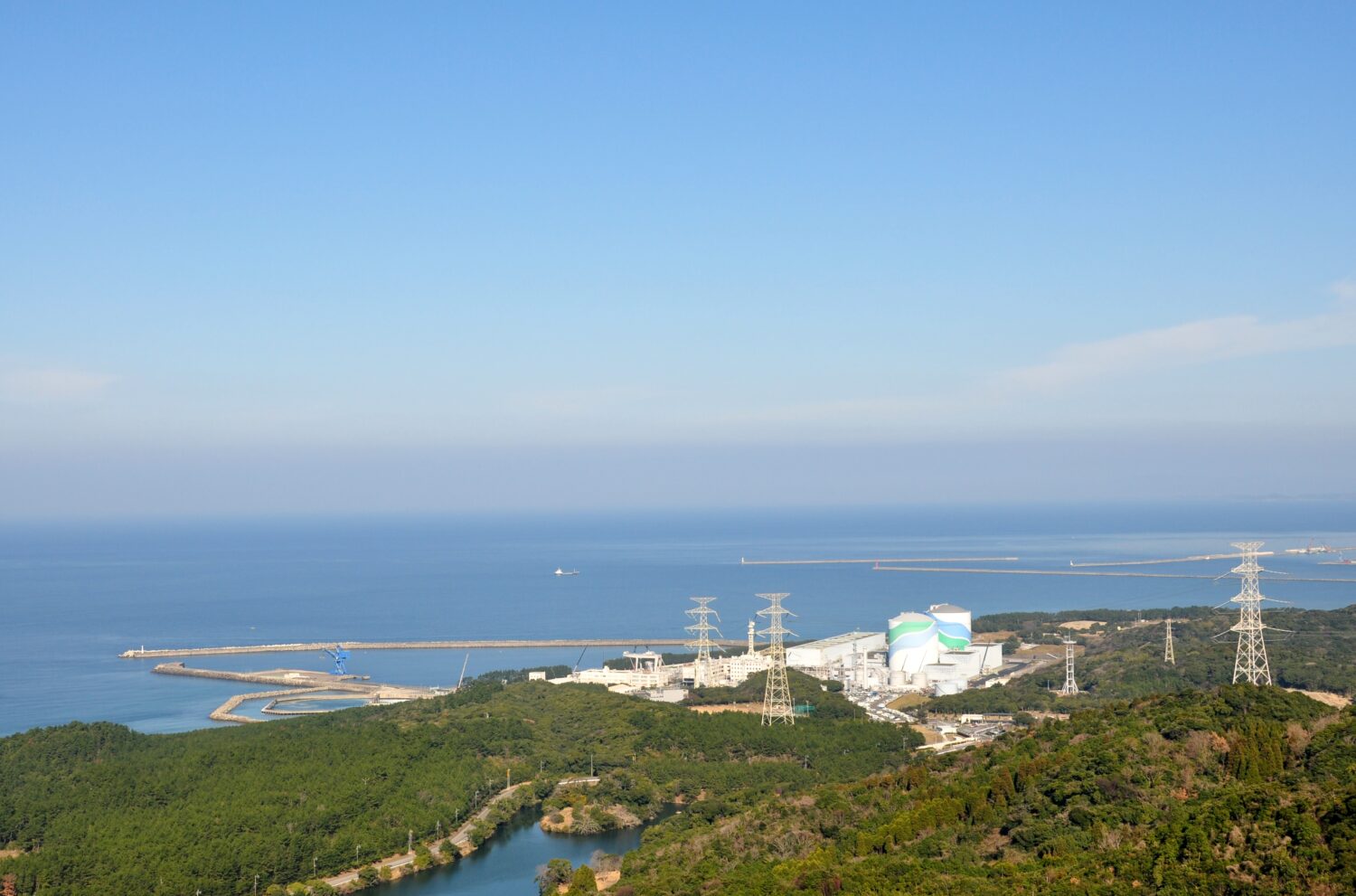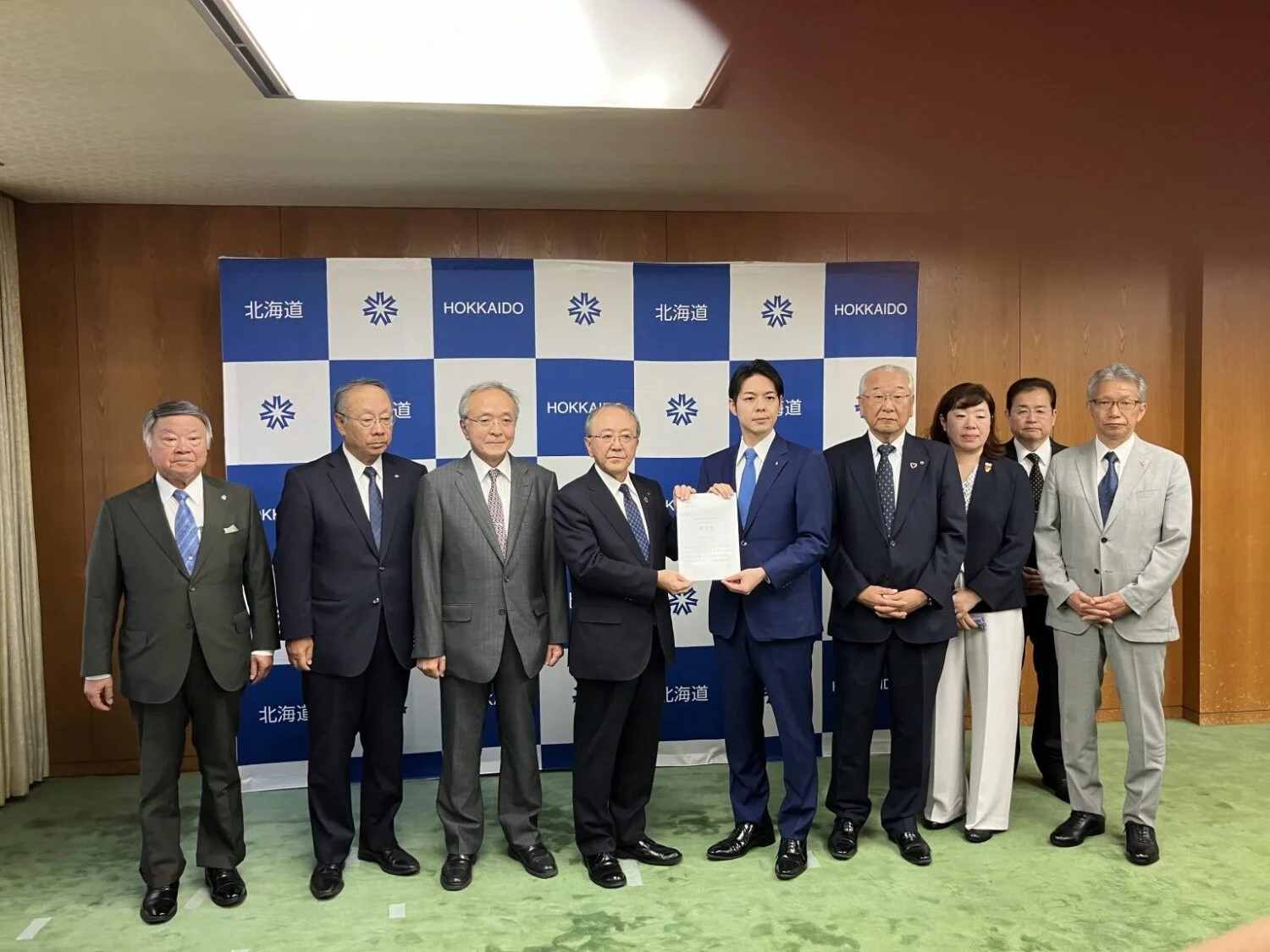While making the application for Genkai-2, Kyushu Electric Power also asked the NRA to approve a change to its decommissioning plan for Genkai-1, the work on which is already underway. It seeks to revise its processes in that way to take advantage of the benefits accrued from carrying out work on the two units at the same time.
However, that move will push back the completion date for Unit 1 eleven years, with the decommissioning work on both units now slated to end in 2054.
The entire decommissioning process for Genkai-2 is divided into four stages, as follows:
- Preparing for dismantling.
- Dismantling and removing facilities and equipment in the area surrounding the reactor.
- Dismantling and removing the reactor itself.
- Dismantling and removing the reactor building and other structures.
The removal of spent fuel assemblies from Unit 2 facilities will be completed during the second stage above, which is expected to last from 2026 to 2040. The spent fuel thus removed will be transferred to a licensee for reprocessing activities by the time the decommissioning is completed.
Because the available workspace during the second stage will be halved, given that the decommissioning work on both reactors will be carried out simultaneously, Kyushu Electric Power has calculated that the stage will take twice as long as originally expected. After that, the start and end of each subsequent stage will be the same for both units. Meanwhile, work at Unit 1 needs to be slowed down in order to let that at Unit 2 catch up, necessitating a delay of eleven years beyond what was initially planned.
At present, twenty-four reactor units in Japan are either being decommissioned or have been designated for that work (including Fukushima Daiichi 1 to 6). With decommissioning thus getting into full swing, the Japan Atomic Power Company (JAPC) reported on the current status of the work at a meeting of the Japan Atomic Energy Commission (JAEC) on September 3, along with various issues.
Toyoaki Yamauchi, senior executive officer and general manager of the Decommissioning Project Department of JAPC, pointed to several elements as necessary for safe, efficient decommissioning, as follows:
- Having a decommissioning culture and mindset.
- Securing destinations to which waste from dismantling will be taken.
- Getting decommissioning funds and developing an accounting system.
- Carrying out the appropriate regulation of the decommissioning.
Yamauchi also introduced the Earned Value Management System (EVMS) being applied by JAPC together with EnergySolutions, a firm in the United States specializing in decommissioning. In so doing, he emphasized the importance of project management for successful decommissioning.
Also on September 3, representatives of the Chubu Electric Power Co., in an exchange of opinions with the NRA, explained its ongoing dismantling work at the Hamaoka-1 and -2 NPPs. The power company said that an estimated 80,000 tons (17 percent) or so of the approximately 450,000 tons of combined waste from dismantling both units could be subject to clearance.



-049.jpg)
.jpg)







